Tips for Capturing Stunning Portraits in Different Lighting Conditions
Capturing stunning portraits requires a deep understanding of lighting, as it plays a crucial role in defining the mood and clarity of your images. Whether you’re working with natural light or artificial sources, here are some essential tips to help you master portrait photography in various lighting conditions:
1. Natural Light: Golden Hour Magic
The golden hour, which occurs shortly after sunrise and before sunset, provides soft, warm light that enhances skin tones and adds a natural glow to portraits. Position your subject with the sun behind them to create a beautiful backlight and use a reflector to illuminate their face.
2. Midday Sun: Dealing with Harsh Light
When shooting in harsh midday sun, seek shade to avoid unflattering shadows and squinting. If shade isn’t available, use a diffuser to soften the light or position the sun behind your subject and use fill flash or a reflector to balance the exposure.
3. Indoor Lighting: Harnessing Window Light
Window light can be an excellent source for indoor portraits. Position your subject near a window with indirect light, using curtains to diffuse harsh rays. This setup creates soft, even lighting that is flattering for portraits.
4. Artificial Light: Mastering Studio Setup
In a studio, you have full control over lighting. Use softboxes or umbrellas to diffuse light and avoid harsh shadows. Experiment with different setups, like three-point lighting (key light, fill light, and backlight), to add depth and dimension to your portraits.
5. Low Light: Embracing Ambient Light
For low-light conditions, increase your camera’s ISO and use a wide aperture to allow more light into the lens. A tripod can help stabilize your camera for longer exposures. Consider using external lights like LED panels to supplement ambient light without overpowering it.
6. Creative Lighting: Playing with Colors and Shadows
Experiment with colored gels on your lights to add mood and creativity to your portraits. Shadows can also be used artistically; try positioning your subject near patterned objects to cast interesting shadows on their face or background.


